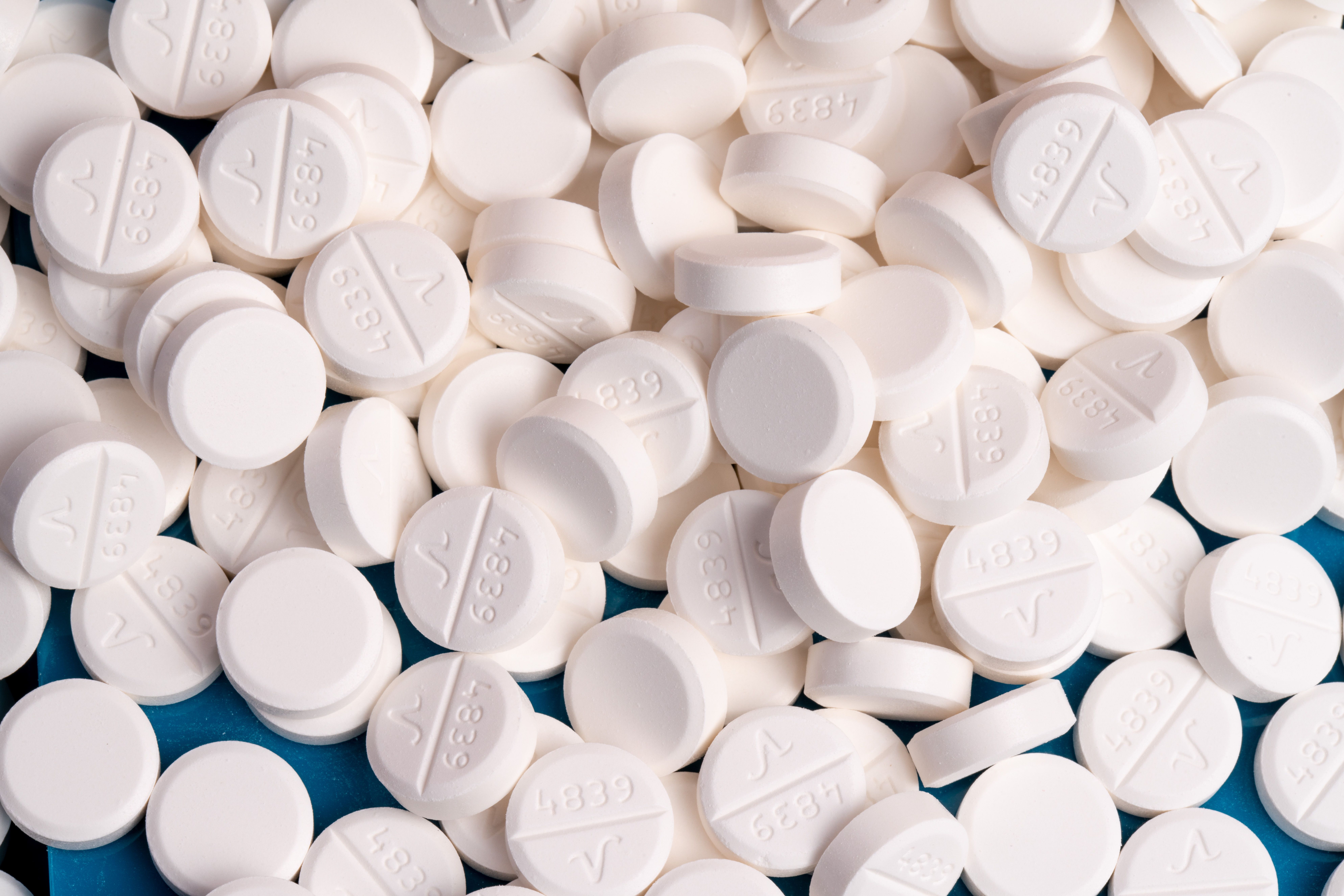News
Article
FDA Approves New Abuse-Deterrent Alternative for Severe Pain Management
Author(s):
Key Takeaways
- RoxyBond's SentryBond technology enhances resistance to manipulation, reducing abuse potential without aversive agents.
- Over 2000 in vitro tests and a human abuse potential study validate the abuse-deterrent properties of RoxyBond.
The FDA has approved oxycodone hydrochloride (RoxyBond) for the management of severe pain when other treatments have proved inadequate.
Today, Protega Pharmaceuticals announced that the FDA granted approval for oxycodone hydrochloride (RoxyBond) as an alternative treatment for managing severe pain. The approval has been granted for the use of immediate-release (IR) schedule II tablet at a dose of 10 mg. This medication should only be allotted to those whose pain requires an opioid analgesic in situations where other treatments have been insufficient.1
Oxycodone hydrochloride has been approved for immediate-release 10 mg tablets as an alternative treatment for the management of severe pain | image credit: JAY - stock.adobe.com

A key feature of this oxycodone hydrochloride is its formulation with SentryBond abuse-deterrent technology. The abuse-deterrent qualities of oxycodone hydrochloride are achieved through different chemical and physical methods—and without the need for aversive or antagonist agents—that make it harder to abuse, misuse, and/or manipulate the tablet, according to the RoxyBond website: “When subjected to physical manipulation and/or attempts at chemical extraction, SentryBond is designed to maintain the intended release profile of extended-release products and to delay the release of immediate-release products.”2 Through the use of this technology, the tablets have demonstrated an increased ability to withstand crushing, cutting, breaking or grinding, as well as resist chemical extraction and even form a viscous mass to prevent being drawn through a needle.
Over 2000 in vitro tests have been conducted to validate the abuse-deterrent nature of this formulation of oxycodone hydrochloride, results of which have suggested that the medication possesses a capacity to resist manipulation and were also supported by findings from a human abuse potential study.1
“Protega is dedicated to our mission to block the path to abuse and work with healthcare professionals across the continuum of care to reduce misuse and abuse,” Eric Kinzler, PhD, vice president of medical and regulatory affairs, Protega, said in the news release. “The development of ROXYBOND with SentryBond is a step forward in fighting the national epidemic of prescription opioid overdose.”
The success of SentryBond technology for deterring potential abuse of medications could be extended to other medications, such as hydrocodone, drugs used for managing attention-deficit/hyperactivity disorder, and more, the press release suggested. However, its use in these medications has yet to receive an FDA approval.
When using this medication, patients are still at risk for opioid addiction and severe side effects when proper titration or dosing it not prescribed, such as life-threatening respiratory depression. This effect, along with a risk for degrees of sedation, hypotension, coma, and even death may be exacerbated by the use of this medication alongside benzodiazepines, alcohol, or other depressants that impact the central nervous system. Furthermore, it remains possible to abuse oxycodone hydrochloride via oral, intravenous, or intranasal routes. For this reason, it is imperative that clinicians assess patients’ risk for opioid addiction prior to initiating this treatment.
Commonly reported adverse reactions include headache, vomiting or nausea, constipation, insomnia, dizziness, asthenia, pruritus, and somnolence.
At present, oxycodone hydrochloride is already available at doses of 5 mg, 15 mg, and 30 mg. The IR 10-mg tablets are expected to become available before the end of 2024.
References
1. Protega Pharmaceuticals receives FDA approval for ROXYBOND (oxycodone hydrochloride) immediate-release 10 mg tablet with abuse-deterrent technology for management of pain. Protega. News release. October 29, 2024. Accessed October 29, 2024. https://www.prnewswire.com/news-releases/protega-pharmaceuticals-receives-fda-approval-for-roxybond-oxycodone-hydrochloride-immediate-release-10-mg-tablet-with-abuse-deterrent-technology-for-management-of-pain-302289975.html
2. RoxyBond, featuring SentryBond abuse-deterrent technology. Accessed October 29, 2024. https://www.roxybond.com/reduce-abuse





